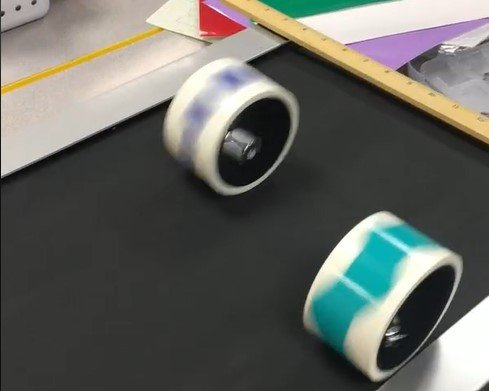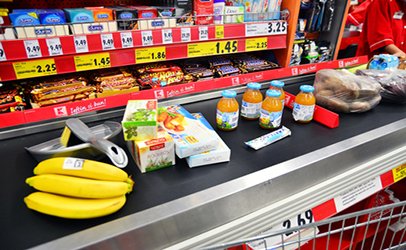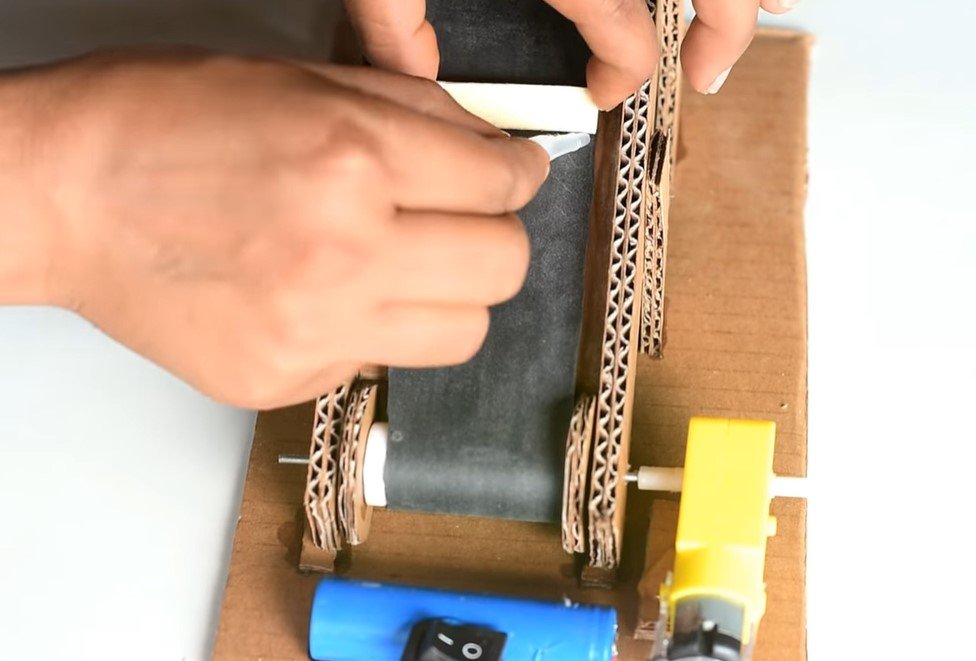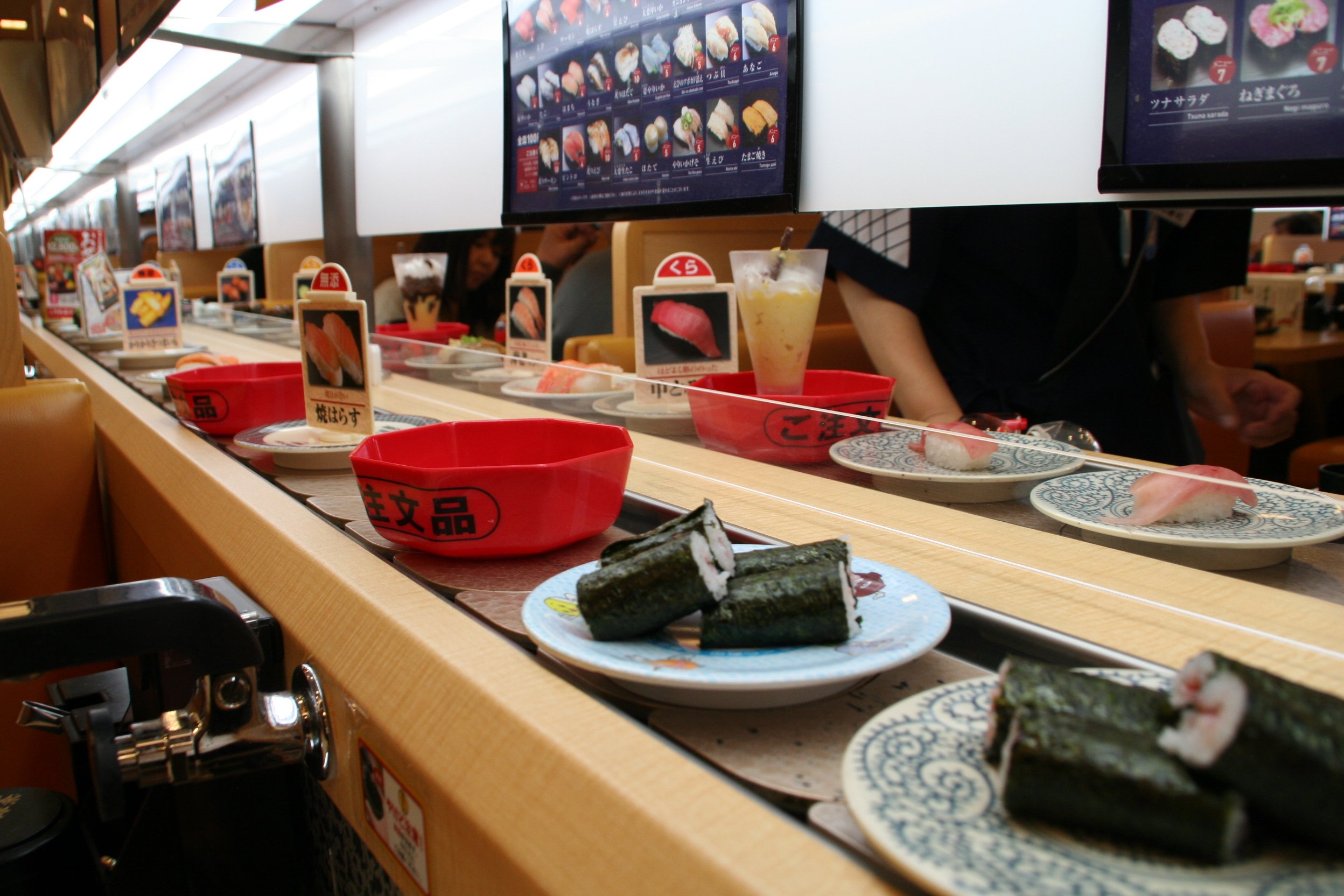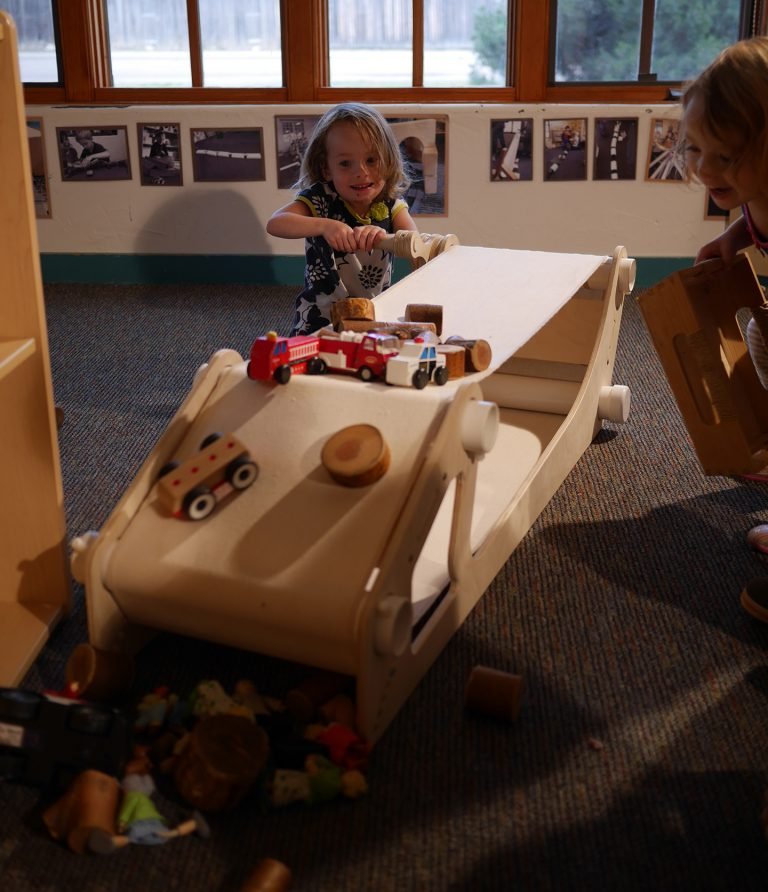Tinkering with Treadmills
Over the last several months I’ve been collaborating with the Tinkering Studio at the Exploratorium and other museum partners to develop TIPs (tinkerable inventive playsets). TIPs (formerly known as UFTEs) consist of sets of materials, environmental elements and examples that support a wide variety of learner-driven projects, investigations and explorations around a given topic. We’ve been working on the theme of “ramps and rollers” as a problem space to mess about with a wide range of phenomena.
There are a couple of challenges that we have discovered about this tinkering playset through testing with museum visitors. Kids and adults have lots of experience with rolling objects and a relatively straightforward ramp doesn’t allow for too many learner-generated surprises. Also, the time it takes for an object to make it’s way down the ramp is very short. So even if participants spend a long time building a prototype, the reward of watching the rolling object move passes very quickly. These two issues seem to affect the level of engagement and amount of intentionality that many visitors put into the experience.
So our team have been brainstorming possible new directions for the project. One idea is to use mini treadmills or conveyor belts as a surface to test the rolling creations. There are already a couple of exhibits at the Exploratorium that use these types of mechanisms like the ‘sand graph’ and the ‘slinky treadmill’ designed by Steve Gennrich.
Our colleagues and LEGO playful learning museum network partners at the Connecticut Science Center created some early prototypes with a small treadmill, testing lots of different designs. We were excited about how the treadmill extends the time that the objects roll, lengthening the chance to observe the details.
The Tinkering Studio team also got a little treadmill and started playing around with laser cut roller constructions. We found that changing the incline and the speed seems important and would need to be incorporated into a eventual environmental design.
The difference between rolling on a ramp and rolling on a treadmill feels similar to another set of tinkering activities, ‘drop zone’ and ‘wind tubes’. These two explorations allow you to construct objects that float and spin in the air, but the drop zone activity has a limited time where your object falls from a high place versus in wind tubes, a creation can move around in the tube for a long period. The longer time in the tube invites learner driven challenges to control the way the object moves or if it can hover over the fan. Thinking about this comparison, triggered a series of explorations using a similar materials set.
The materials set that I’ve been working with so far includes toilet paper tubes, empty plastic spools, washers of different sizes and weights, masking tape and scissors. There seems to be a lot of different possible designs and I’m looking forward to more experiments with rollers on the treadmill.
This also got us thinking about other types of treadmill-like surfaces. We want to explore other possibilities including supermarket check out lines, sushi conveyor belts, hand cranked systems like this one from Kodo, or homemade cardboard and hobby motor projects like this example from hacker om. Ideally this tinkerable inventive playset will be able to scale up and down from a science center exhbition hall to a kitchen table while still letting learners engage with similar ideas and phenomena. We’ll keep sharing more ideas about this and other TIPs projects over the next weeks and months.
The LEGO Playful Learning Museum Network initiative is made possible through generous support from the LEGO Group.



